In the early 1930’s, the engineers working at Citroën were allowed to dream big. Eschewing the traditional body on frame design of virtually all other cars, Citroën instead chose to use a monocoque body in their construction of the Traction Avant. It marked the first time that a mass production automobile utilized a unibody shell, and paved the way for how the majority of today’s modern cars are built. But the engineers didn’t stop there. Notching another first in mass production, they made these cars front wheel drive, an exotic concept at the time. Going further, they also incorporated an independent front suspension, besting the US car manufacturers by several years, and even added rack and pinion steering. It took Ford until 1974 to catch up to that one.
Considered low slung and rakish when it debuted in 1934, the Traction Avant was hailed as a modern marvel. Aside from some minor production changes over the years, Citroën saw no reason to change the appearance of the car and for two decades the only color choice was black. Into the 1950’s it went, until the war of fins began and this aging icon gracefully bowed out in 1957.
After owning a couple of Traction Avants I became a full blown Citroën fan, buying any and all that came my way. Not that they were exactly falling out of trees, but I did manage to score a quirky and cool Ami8 wagon, and then several of their more common brethren, the venerable 2CV.
Citroën found a real winner with the 2CV. Originally designed to put post-war France back on the road, the Deux Chevaux was in immediate demand when it hit the showrooms in 1948. The first allotments were prioritized for rural communities that were still dependent on horse-driven carts: the country veterinarians, midwives, priests and farmers. Because of a five-year waiting list, used 2CV’s quickly sold for more than new ones. Power came from an economical flat-twin motor, and front wheel drive was retained. Now under ownership by Michelin, this Citroën was the first car to use radial tires. Its long travel suspension allowed for smooth motoring over France’s rutted rural roads, or even traversing across plowed fields. A full length roll back roof accommodated large loads (which sometimes included livestock) once the back seat was removed. No tools were required to remove the seats, and with the French being French, later advertisements for the car showed this feature being put to use for spontaneous picnics. Joie de vivre!
By the early 1960’s, 2CV sales passed the 1 million mark and the design team at Citroën decided to get adventurous. No, not with increased horsepower (its 425cc engine still only produced 18hp) but instead with some interesting new colors and two-tone schemes, such as the Charleston variant that’s shown here. This Art Nouveau styled version happens to be on my mom’s short list of her favorite cars, and I actually had one in my inventory when my parents were in Portland for a visit. We enjoyed a fun morning running around town, and then something incredible happened: We spotted its doppelgänger.
By then I thought that I had accounted for all of the Citroëns in Portland, but here was one that I had never seen before. It was outside of a wine shop, so we parked close by and went in to find out who the owner was. Once located, we excitedly pointed out the amazing coincidence that was right outside the door. He just looked at us blankly. Wait, what? Do you not see this one in a million occurrence? No real reaction.
Whether he was a wine snob, a car snob, or just a garden-variety snob, I couldn’t tell. I only knew that the stars weren’t going to align like that again anytime soon.
Another occurrence that won’t easily be repeated is finding a Citroën CX wagon. I was very lucky to come across this specimen on eBay in 2009, and had it shipped out from an importer in Florida to use as my new daily driver. Made from 1974-1991, the CX series cars are what some call the “last real Citroëns” before Peugeot took control of the company. This car was wild. It featured a hydropneumatic suspension, bizarre instrumentation, seating for eight, diesel motor and a five-speed!
There’s a common bumper sticker here that reads Keep Portland Weird, so I guess I was doing my part. But if you can believe it, I still hadn’t reached peak weird in that respect. There was still the Loadrunner.
Prepared by Tissier, the CX Loadrunner was put to use across Europe as a high speed delivery vehicle, and some were further adapted as ambulances, campers, or flatbed car haulers. Now that’s weird. One day I’ll own one.
A more commonly found variant of this model line is the CX25 sedan. Utilizing a traverse mounted 2.5l motor, height adjustable suspension and self-centering steering, the CX was pretty much a tech laboratory on wheels when it launched in the 70’s. Unfortunately, these advancements ran afoul of the NHTSA, which meant that America was eliminated as an export market. However, a handful of upstart companies “federalized” them, so most of the ones you'll find stateside today have been through that process and became what’s known as gray market cars.
More than anything, the height adjustable suspension is what really caused a beef with the feds, which is a shame because it’s one of the car’s coolest features. When I sold mine, most of the photos that I took for my ad listing showed it sitting at its lowest setting, because, duh.
As unique as these CX-series cars already were, I did at one time find an absolute unicorn: a long wheelbase Prestige model that was optioned with leather, turbocharged engine, and a stick. One of…?
The Prestige offered the most legroom of any production sedan in the world at that time, and was a favorite of president Jacques Chirac.
In my eyes, this car was an absolute find. To the crowd on Bring a Trailer, not so much. It ended with the reserve not met at $13,300. Wow, no love.
However, the car did get a lot of love on YouTube and today has logged over 1 million views, and counting. See, I knew it was cool.
I drove this car quite a bit over the summer of 2019. One day, I had a funny encounter when I stopped at a crosswalk to let a young hipster couple pass. The woman yelled out “Hey, what kind of car is that?!” I was about to reply when I saw that her boyfriend already had an answer lined up.
“It’s from the future, babe.”
I couldn’t have said it better myself.

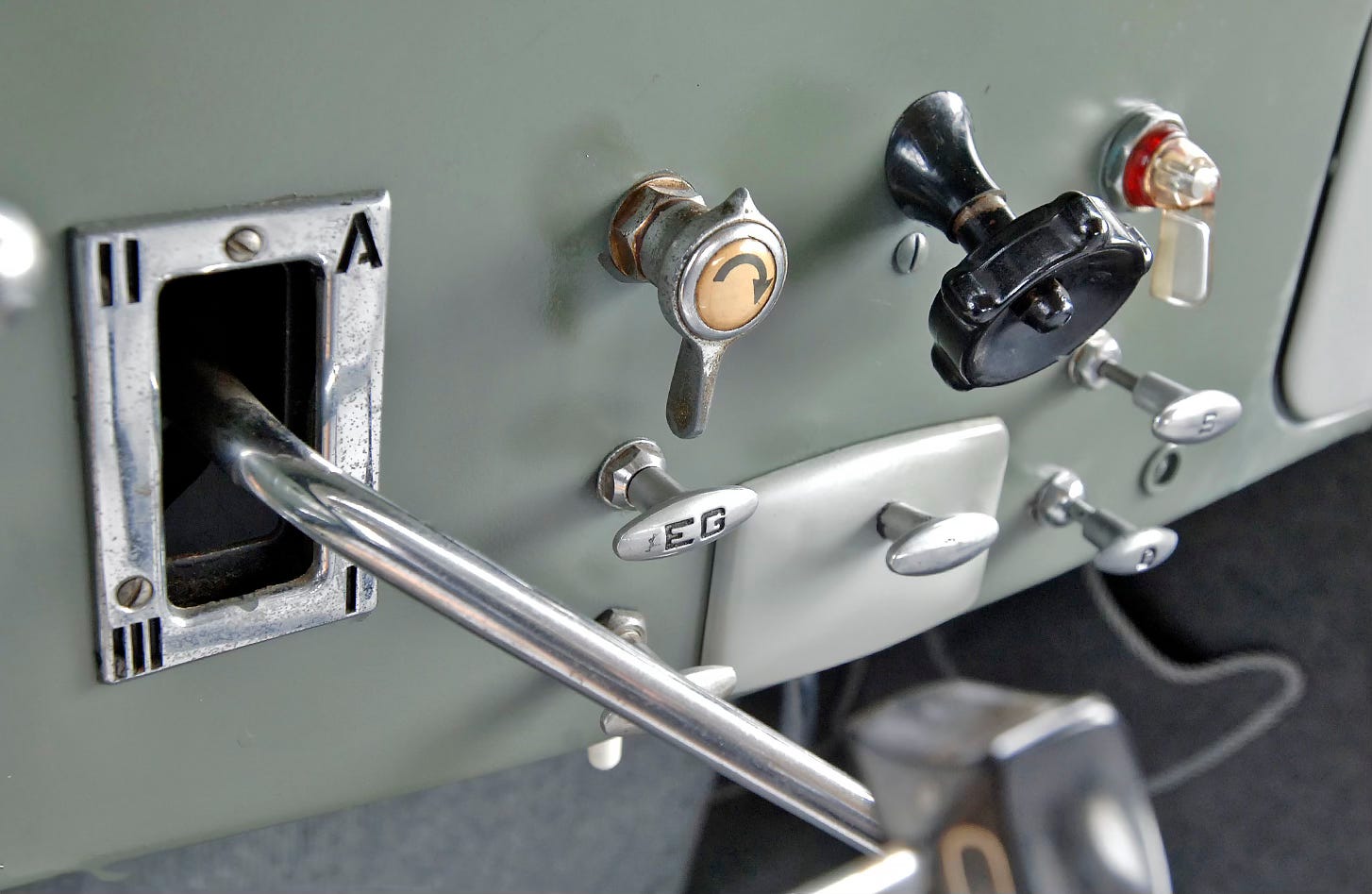
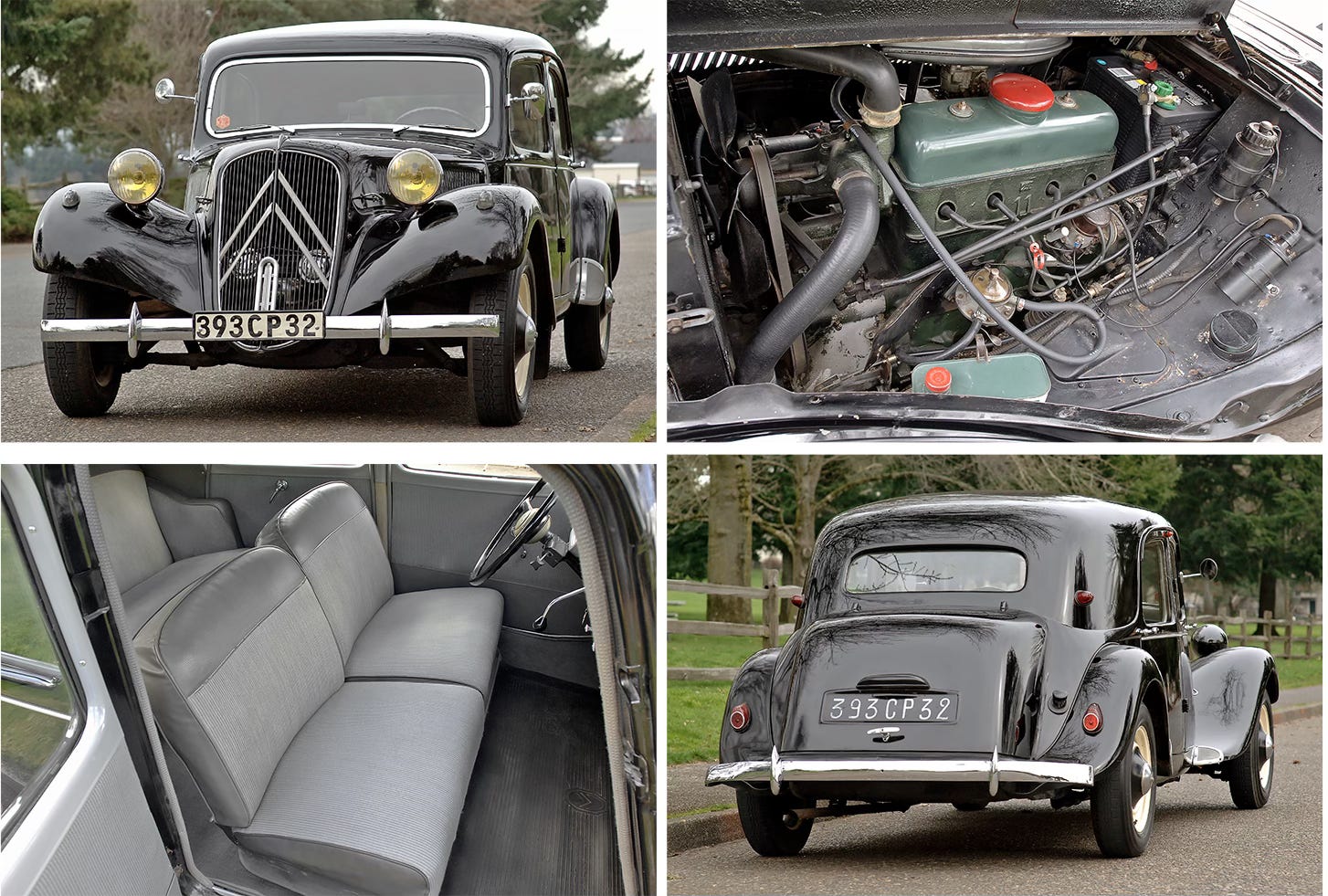
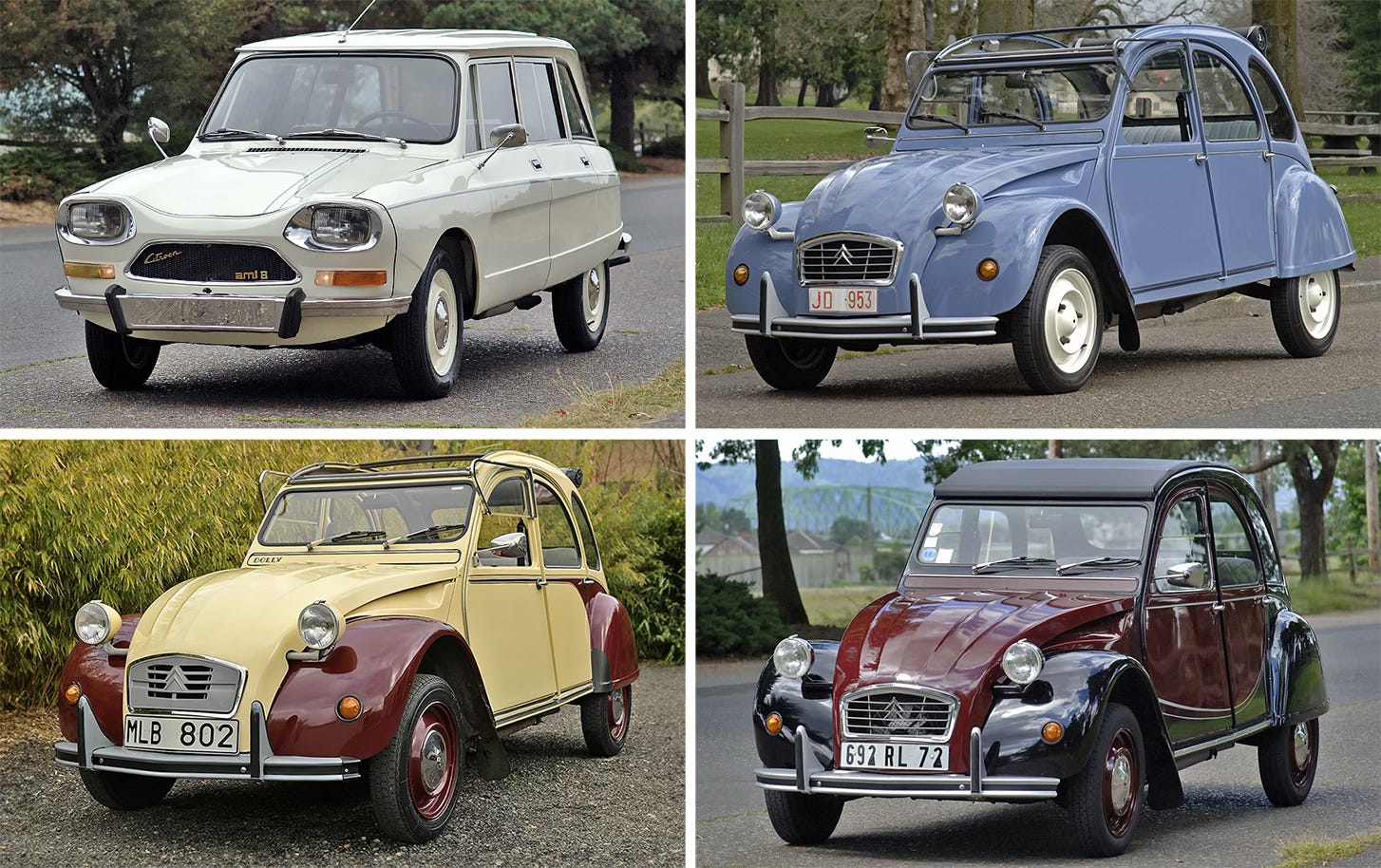
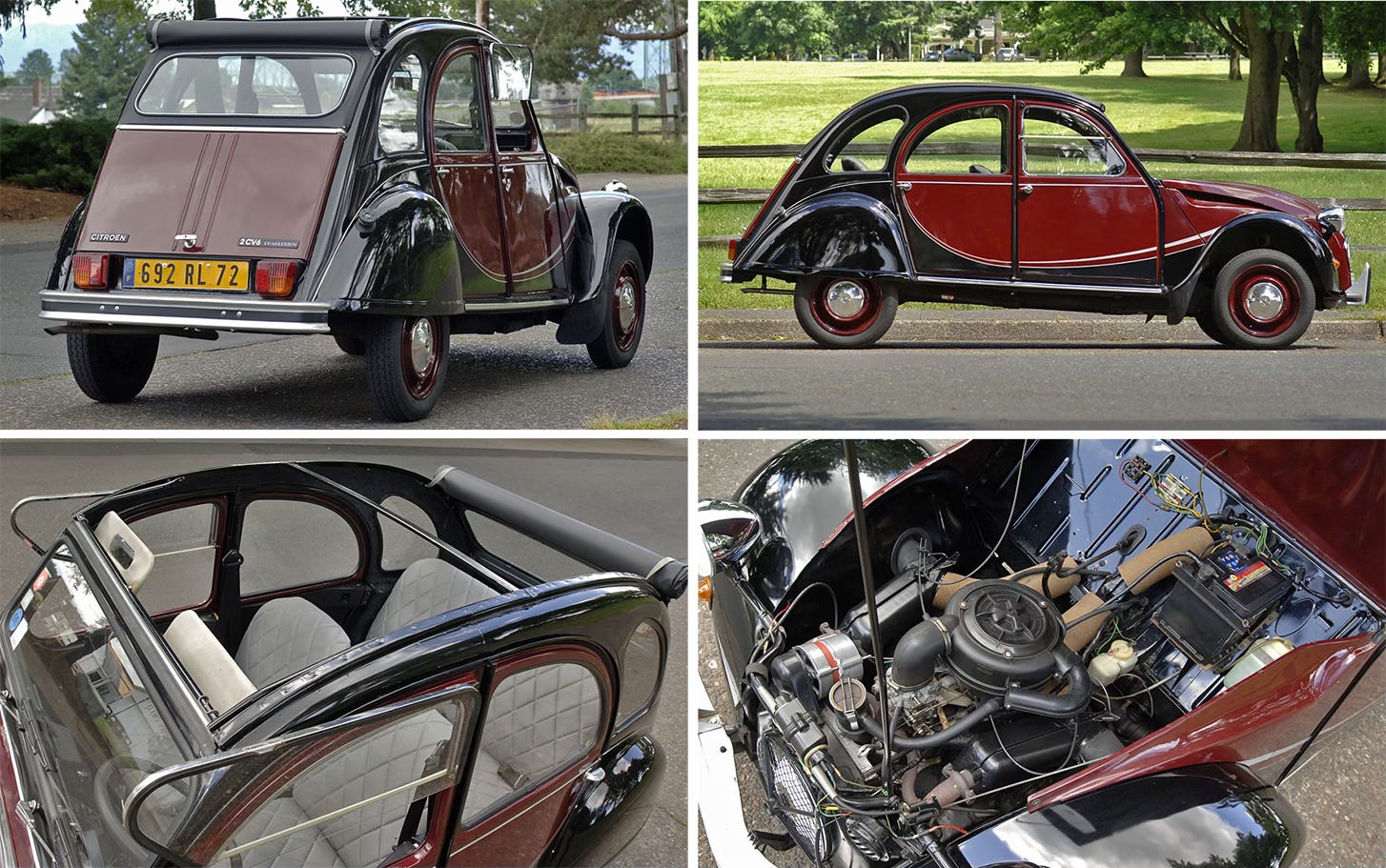
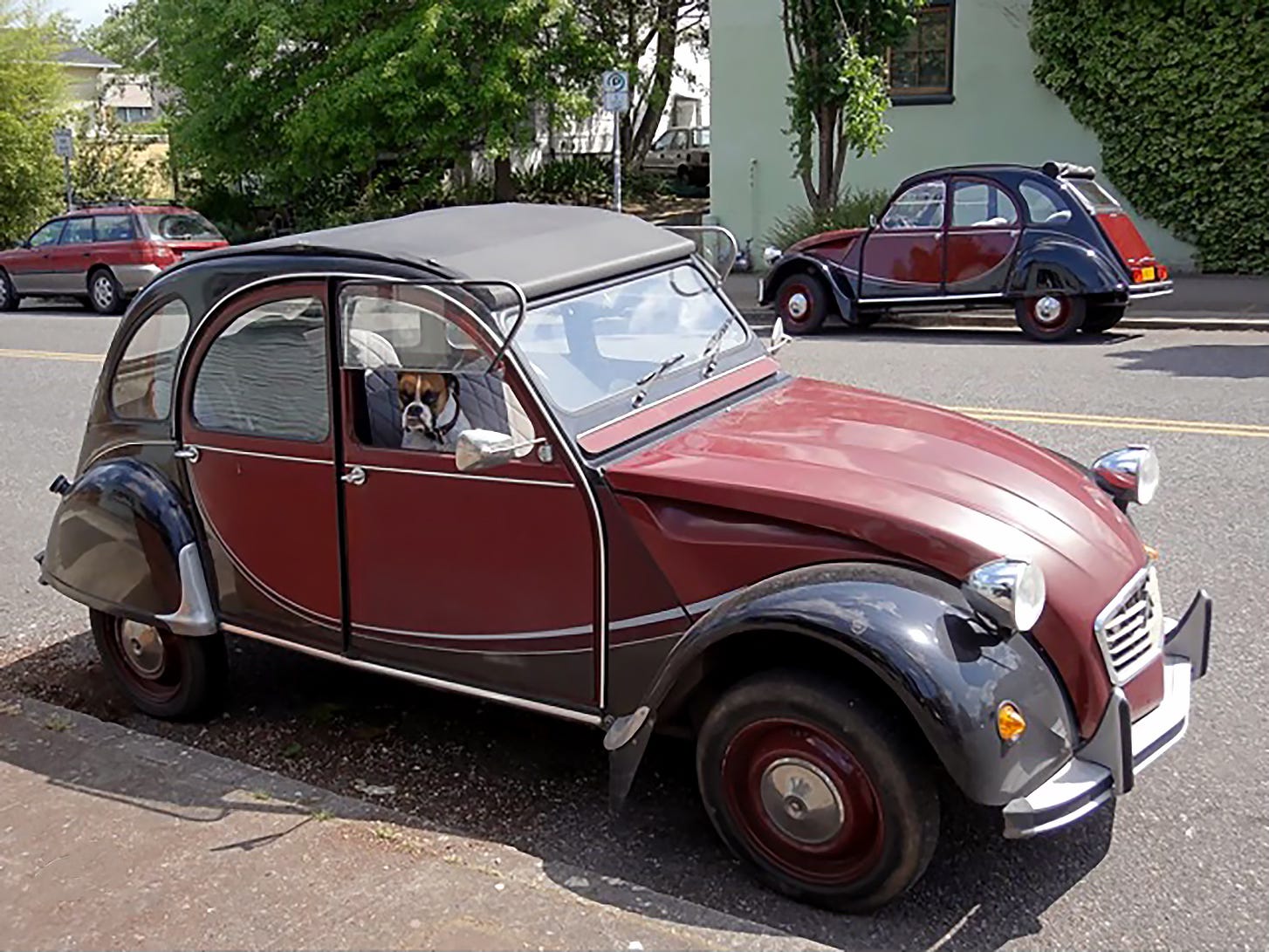


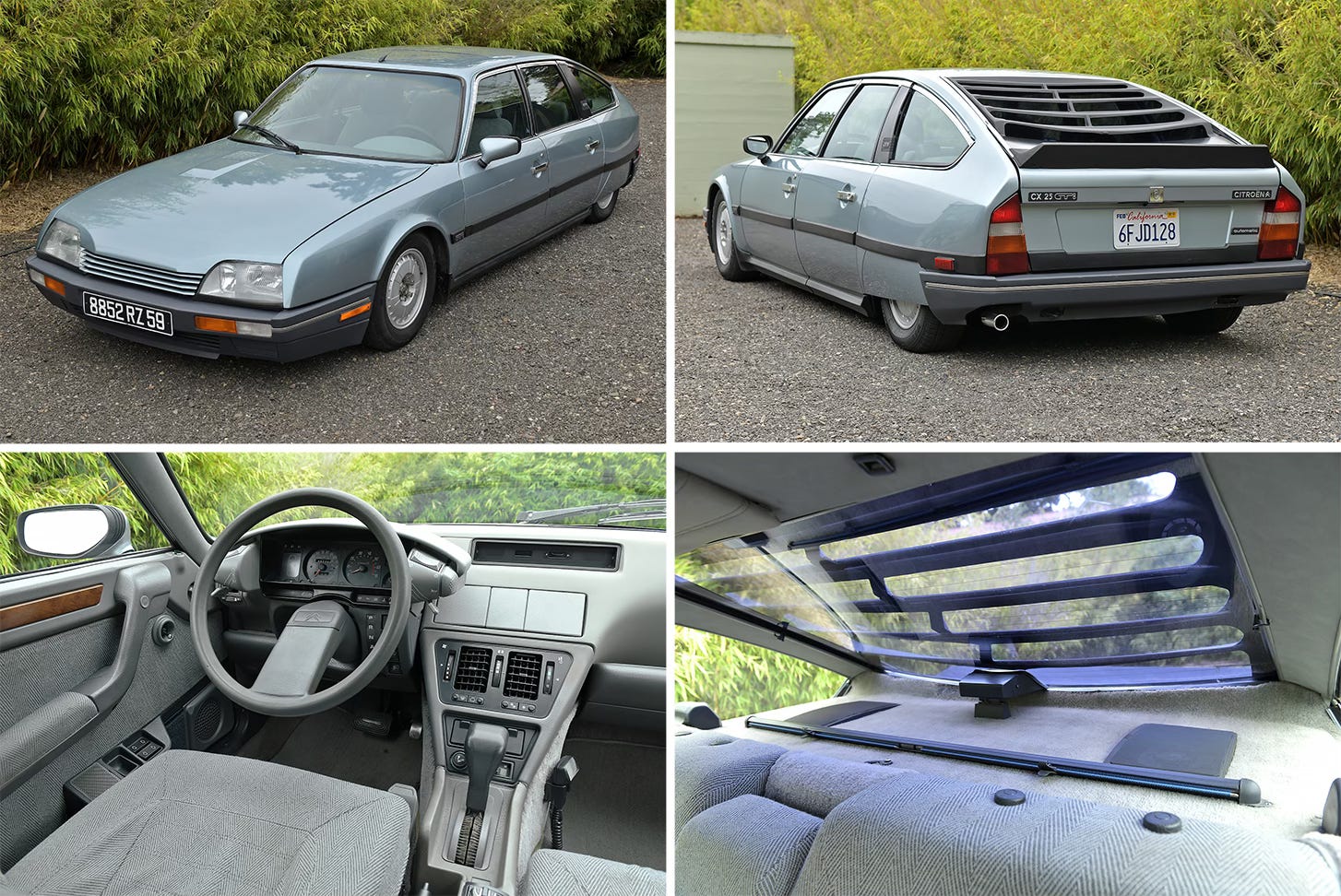
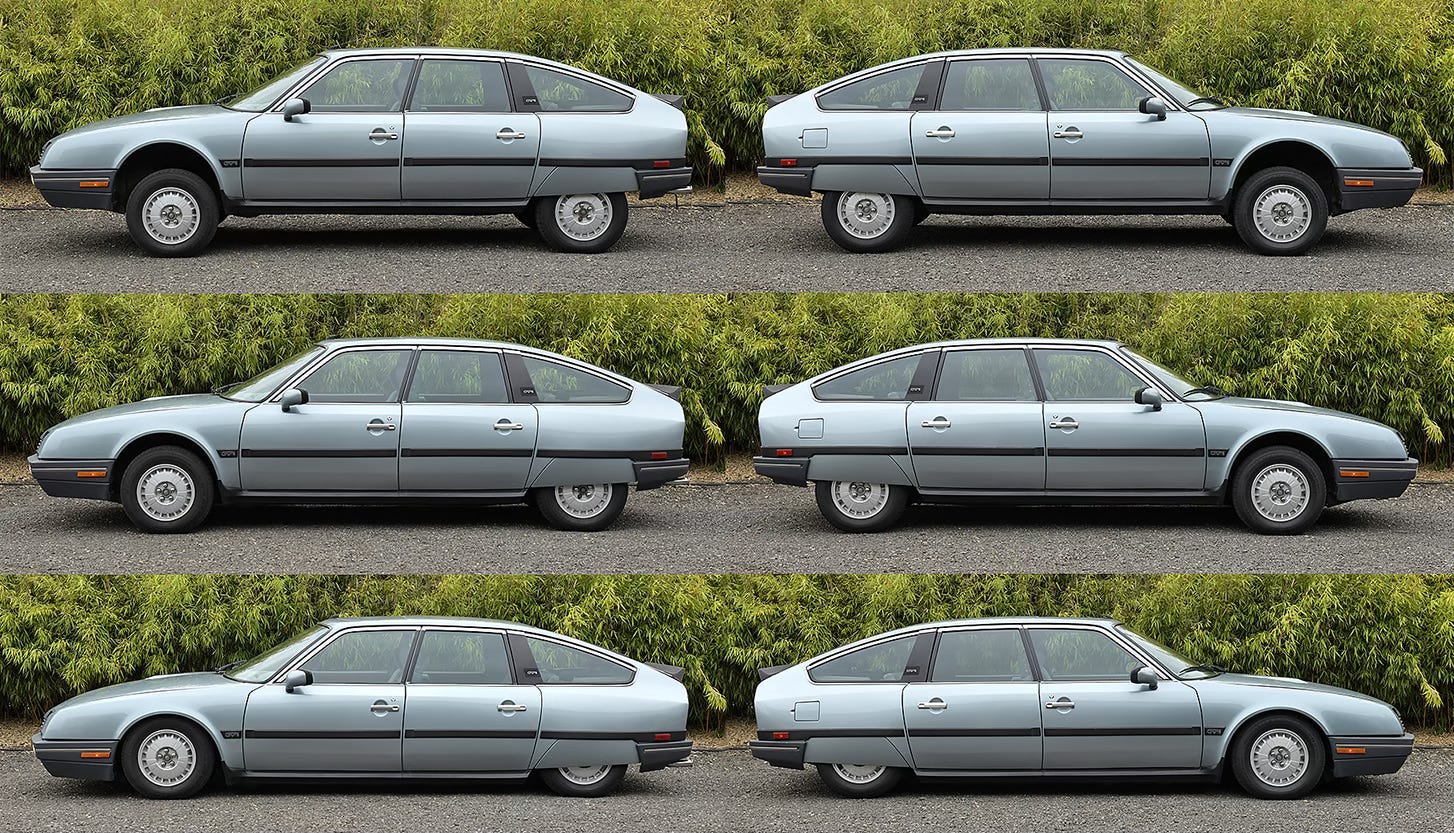

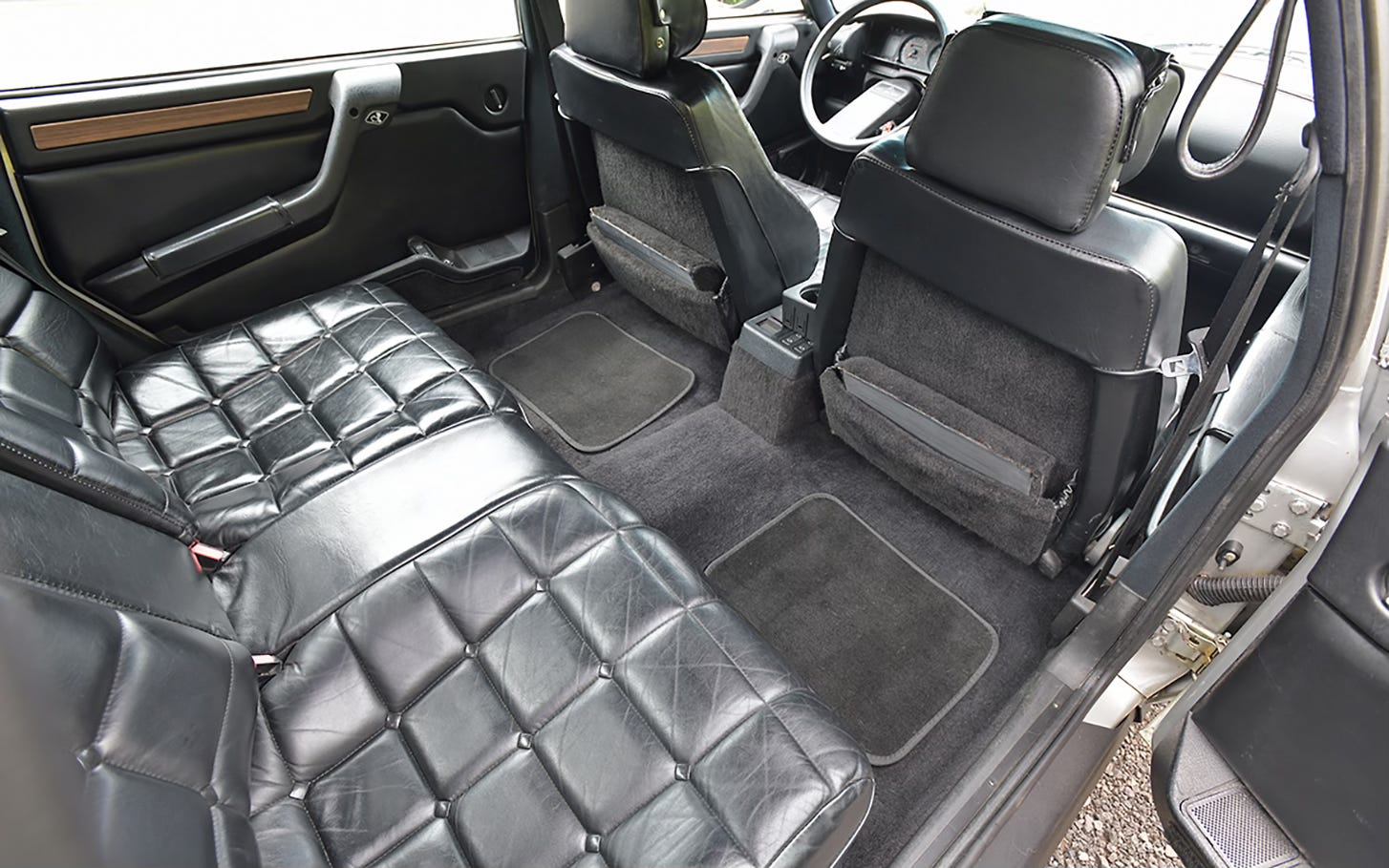
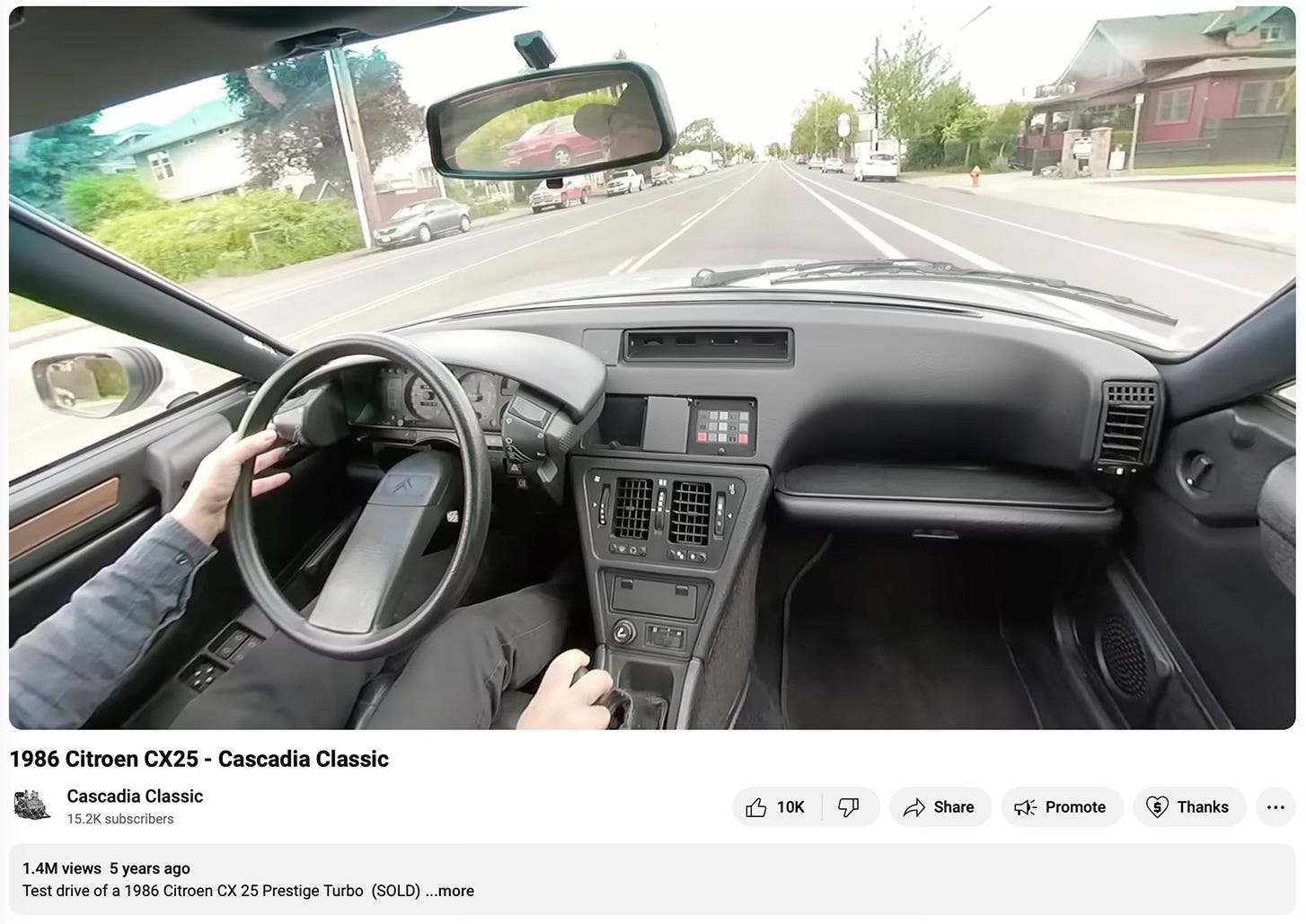
You've found some really great cars in your career!